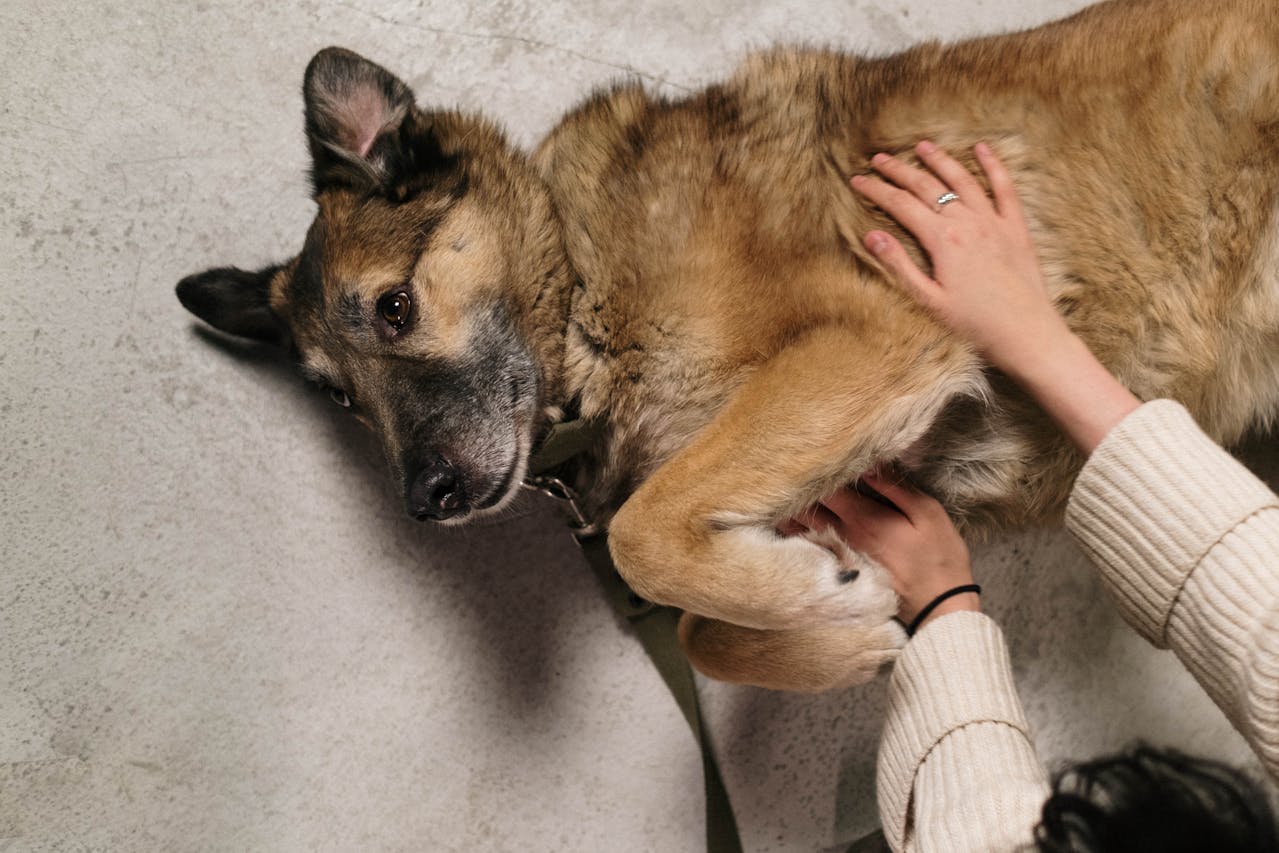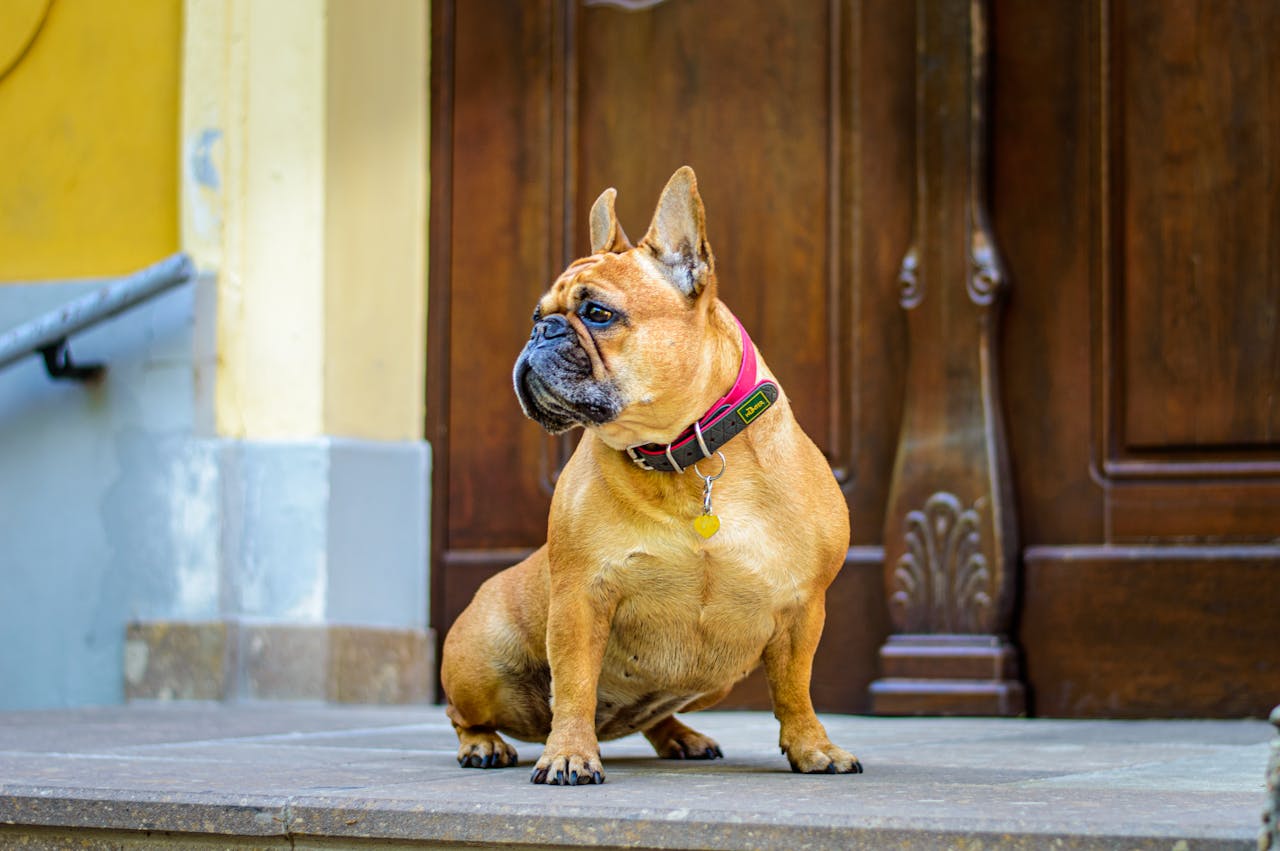Dog Hip Dysplasia: What Every Dog Owner Should Know

How Does Hip Dysplasia Develop?
Think of the hip as a ball-and-socket joint. In a healthy dog, the ball (the head of the femur) sits securely inside the socket (the acetabulum of the pelvis). This secure fit allows smooth movement and weight distribution.
In a dog with hip dysplasia, the socket is too shallow, leaving the ball of the femur poorly supported. Over time, this instability causes the femur’s shape to change, leading to pain, joint damage, and difficulty moving. Symptoms can range from mild stiffness to severe lameness.
How is Hip Dysplasia Diagnosed?
Dogs with hip dysplasia often show signs before they turn two years old or later in life when arthritis sets in. Many owners don’t notice symptoms until their dog starts having trouble getting up, jumping, or exercising.
Your vet can diagnose hip dysplasia as early as six months old through an X-ray. To get clear images, your dog may need a mild sedative to help them relax during the procedure. The X-ray will show how well the femur fits into the socket and whether there are any signs of joint damage.
Treatment Options for Hip Dysplasia
If your dog is diagnosed with hip dysplasia, your vet may recommend medications to reduce pain and inflammation. In more severe cases, surgery might be the best option:
-
For young dogs, surgery can help adjust the hip joint’s structure before arthritis develops.
-
For older dogs with advanced arthritis, a total hip replacement can significantly improve their mobility and quality of life.
Because dogs tend to hide pain until it becomes unbearable, it's important to follow your vet’s advice on pain management.
Are Certain Dog Breeds More at Risk?
While large and giant breeds (like German Shepherds and Labrador Retrievers) are more commonly affected, hip dysplasia can also occur in small and medium-sized dogs.
If your dog is moving more slowly, struggling to stand up, or hesitating to jump, these could be early signs of hip dysplasia. A veterinary evaluation can help diagnose the issue early and ensure your pup stays comfortable and active for as long as possible.
Get insurance plans with wide-ranging coverage options













